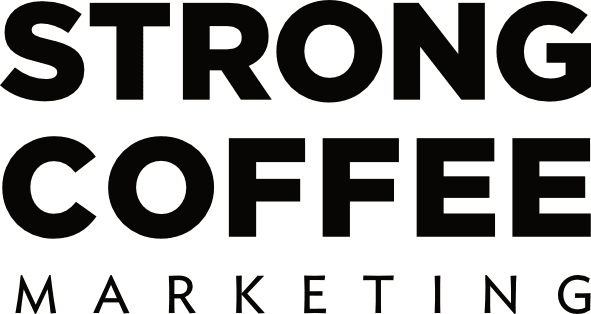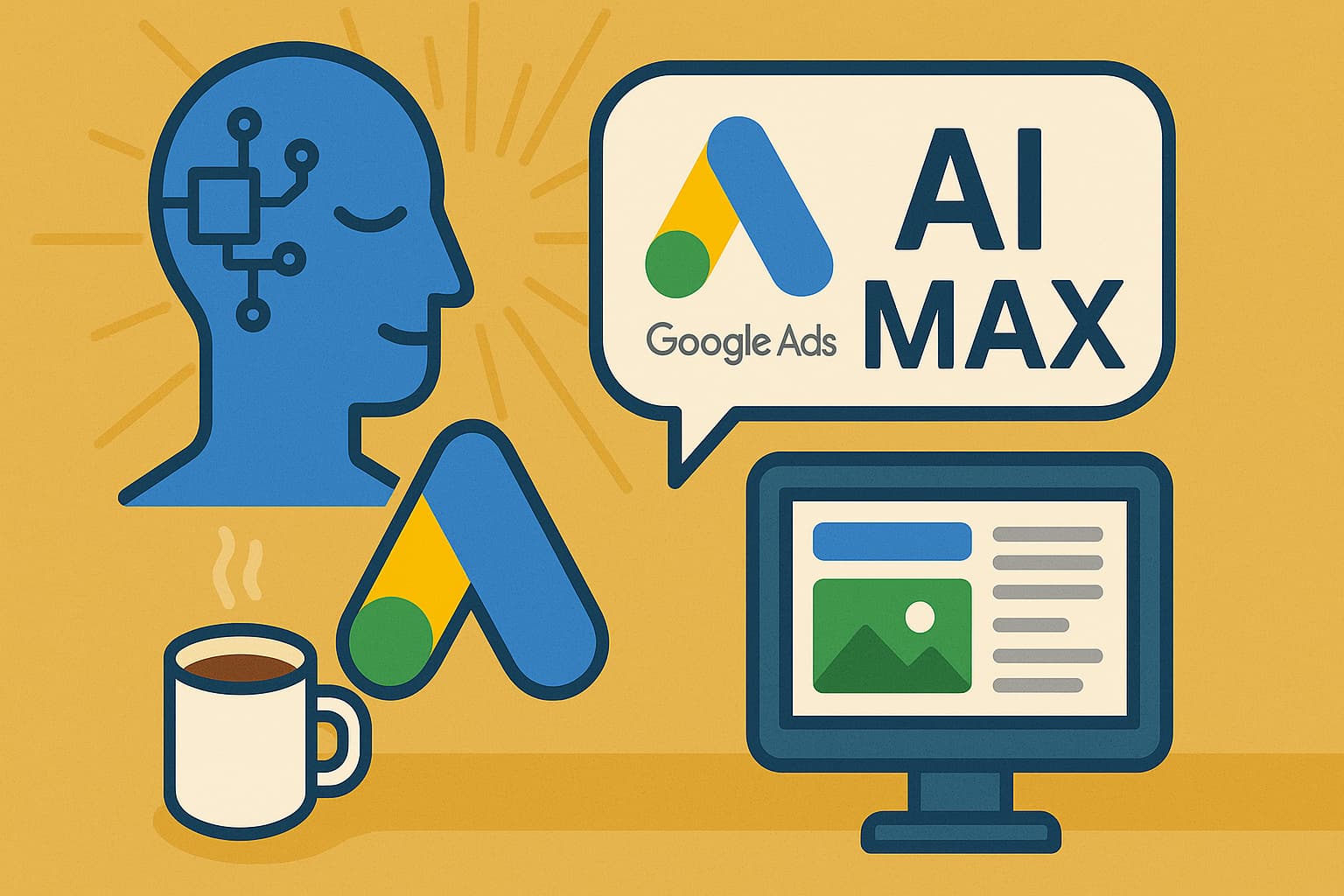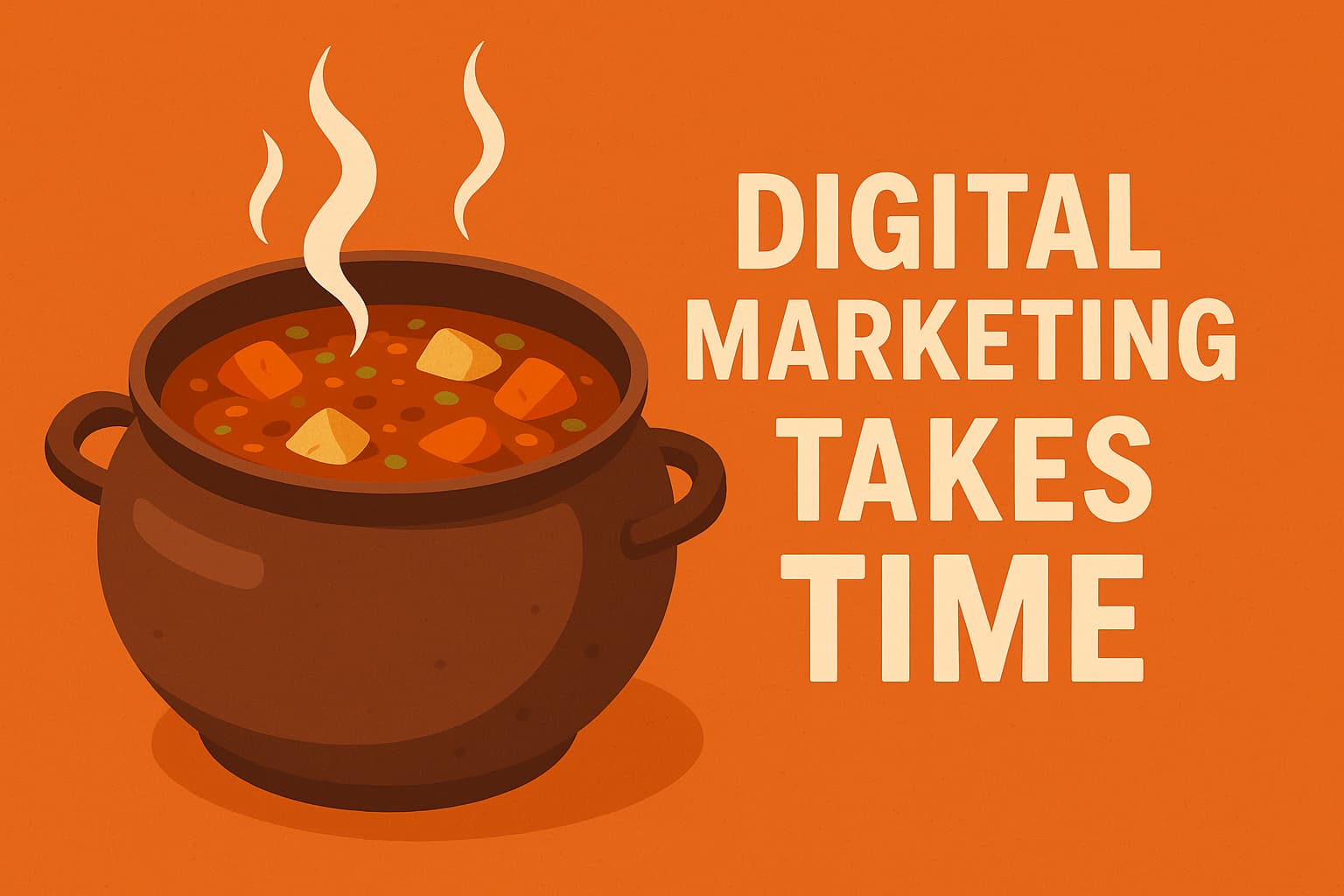What is the purpose of your website? Are you selling a product or service? Are you collecting information? Attempting to engage and inform? Regardless of its purpose, your website more than likely has some sort of conversion metric that you can measure. It’s vital that you pay close attention to this metric to ensure that your website is working for you and not against you.
High conversion rates start with a quality design and a simple conversion path. Visitors are coming to your site with a problem and it’s your job to ensure your site helps them solve it.
There are a lot of factors at play when it comes to conversion. Making one minor change to your path or design will often make all the difference. Unfortunately identifying flaws in your conversion process can be difficult. Understanding some of the basic principles of website conversion can help get you on the right track.
Let’s have a look at the AIDA model…
A – Attention
Think about some of the conversion based websites that you visit on a regular basis. Some of the better ones probably have some sort of attention-grabbing graphic, often combined with strong typography at or near the top. This often highlights a product or service and is designed to hook those visitors and prevent them from moving onto the next site. This part of the process needs to tell the visitor that you’ve got the best solution to their problem and that they need to read on.
I – Interest
Now that you’ve captured their attention, you need to start the sell job. We’ve all seen the interest portion of the conversion path. This is the area that explains what your product does and highlights some of its most important elements. Having a tough time creating this section? Imagine you’re at a cocktail party and someone asks you for a couple of reasons why they should choose your product over the next one. Be careful with your language here – if it’s too technical and long winded, you might lose the attention of the visitor. If it’s too short and sweet, your potential customer might leave in search of a product with a bit more “meat” to it.
D – Desire
This is probably the most difficult step in the process. Your goal here is to keep the visitor around and give them enough confidence to continue to the final step. You’ll want to provide even more reasons why the person can’t live without your product. You’ll also want to highlight individuals or businesses that have already been converted. This is a good place to include a few testimonials or to highlight your competitive pricing options. This is also the best place to include even more product features and demonstrate the value of the item or service.
Think of the desire stage as a bridge between interest and action. You’ve brought your visitor to the brink of action. Now it’s time to push them over the edge and seal the deal.
A – Action
The action can take many different forms. If you’re selling a product, the action is closing the sale. If you’re promoting something or your goal is to collection information, the action is a completed sign up. A clear call to action is the key to this step. Your visitor needs to know exactly what they have to do to reach the end goal and it’s up to you to highlight the call to action and then keep the closing process quick and easy. You might want to experiment with your call to action mechanism – a simple change in the look or color of a “Buy Now” button can effect conversion.
Testing your action path on a regular basis is vital. The last thing you want is for a visitor to input their information and have an error message returned. Regular testing can also help identify “bumps in the road”. You want this path to be as painless as possible.
As more and more business moves online, companies will quickly realize that their conversation rate can make or break their operation. It’s important that you spend some time analyzing your website and ensuring that conversion goals are being met. Understanding the AIDA model will help you assess weak links in your conversion path and allow you to properly diagnose the problem. The remedy might be a simple text change or a complete overhaul.
Now let’s have a look at the AIDA model in action…

The Basecamp website uses the AIDA model to drive visitors to the conversion button at the bottom of the page.
Recent Posts
Harnessing Google Tag Manager for Better User Insights and Performance Tracking
Unlocking the Power of Google Tag Manager: Simplifying Tracking and Understanding User Behavior Hey there, fellow business owners! If you’re navigating the digital...
AI Max: Transform Your Google Search Ads Strategy Today
Unleashing the Power of AI with Google Ads’ New AI Max Hey there, fellow business owners! If you’re anything like us at Strong...
Patience and Strategy: The True Path to Digital Marketing Success
Let’s get one thing straight: if you think digital marketing is a magic wand that will instantly turn your business into a money-making...


